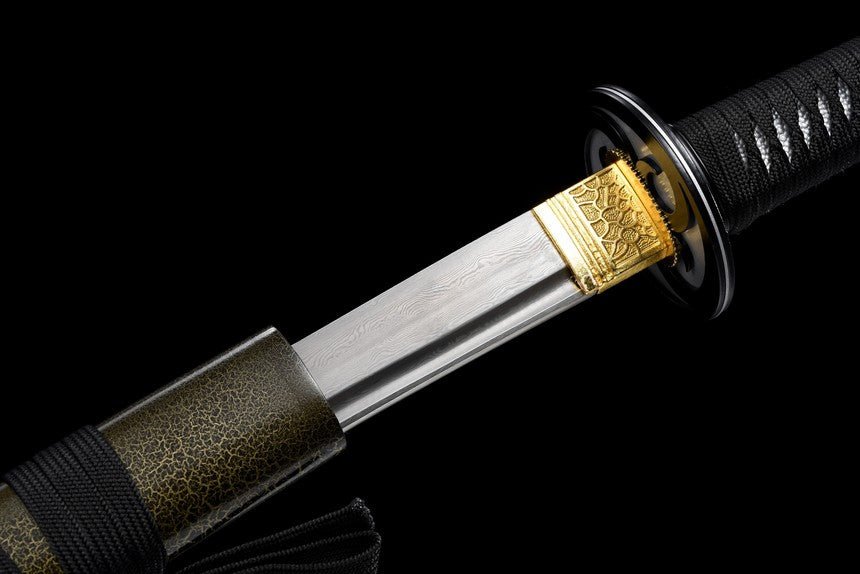The Tale of Osafune Nagamitsu: Forging Legends in Steel
In the ancient province of Bizen, where the fertile plains met the serene waters of the Yoshii River, a master swordsmith named Osafune Nagamitsu crafted blades that would become legendary. His name resonates through the annals of history, not just for the superior quality of his swords but for the fascinating stories that surround his life and work.
The Rise of a Master
Nagamitsu was born in the late Kamakura period, a time when the samurai class was at its zenith, and the need for superior weapons was paramount. The Osafune school, to which he belonged, was renowned for producing some of the finest swords in Japan. Under the tutelage of his father, Kagemitsu, young Nagamitsu honed his skills, blending tradition with innovation to create blades of unmatched beauty and lethality.
The Battle of Minatogawa
One of the most famous stories involving Nagamitsu's swords is set during the Battle of Minatogawa in 1336. This conflict was a crucial part of the wars between the Northern and Southern Courts of Japan. Kusunoki Masashige, a loyal and brilliant strategist for the Southern Court, wielded a katana forged by Nagamitsu.
Facing overwhelming odds, Masashige and his men fought valiantly but were ultimately surrounded. In a final act of defiance and honor, Masashige committed seppuku, a ritual suicide, to avoid capture. It is said that Nagamitsu's sword, in the hands of Masashige, shone brilliantly even in the face of certain death, reflecting the unwavering spirit of the samurai and the exceptional craftsmanship of its maker.
The Sword of the Phoenix
Another tale tells of a sword Nagamitsu crafted for a wealthy daimyo, who named it "Hi no Tori," or "The Phoenix." Legend has it that this blade possessed an almost supernatural ability to regenerate and repair itself after each battle, much like the mythical phoenix rising from its ashes.
The daimyo, known for his ambition and cunning, believed that as long as he carried Hi no Tori, he would be invincible. In numerous skirmishes and duels, the sword never dulled, never chipped, and its flawless edge became the subject of awe and fear among his enemies. The legend of the Phoenix Sword spread far and wide, cementing Nagamitsu's reputation as a swordsmith whose work bordered on the magical.
The Mysterious Inscription
Nagamitsu's swords often bore inscriptions that added to their mystique. One such blade, a tachi named "Kogarasu Maru" (Little Crow), was inscribed with a poem that read:
"In the light of the moon, the crow caws, Silent yet echoing through the ages, Steel tempered with the heart's fire, A blade that never fades."
This inscription was believed to imbue the sword with a protective charm, ensuring that its wielder would always find their way through the darkness. The poetic nature of Nagamitsu's work reflected not only his technical prowess but also his deep understanding of the samurai's soul and the spiritual connection they had with their weapons.
The Legacy of Osafune Nagamitsu
Today, Osafune Nagamitsu's swords are considered national treasures in Japan, admired for their perfect balance, intricate craftsmanship, and the legends that accompany them. Collectors and historians alike seek these blades, not just as artifacts of a bygone era, but as embodiments of a cultural heritage that continues to inspire.
In every swing of a katana forged by Nagamitsu, one can feel the weight of history, the dedication of a master craftsman, and the indomitable spirit of the samurai. The tales of his swords remind us that true mastery in any craft transcends time, leaving a legacy that endures through generations.

